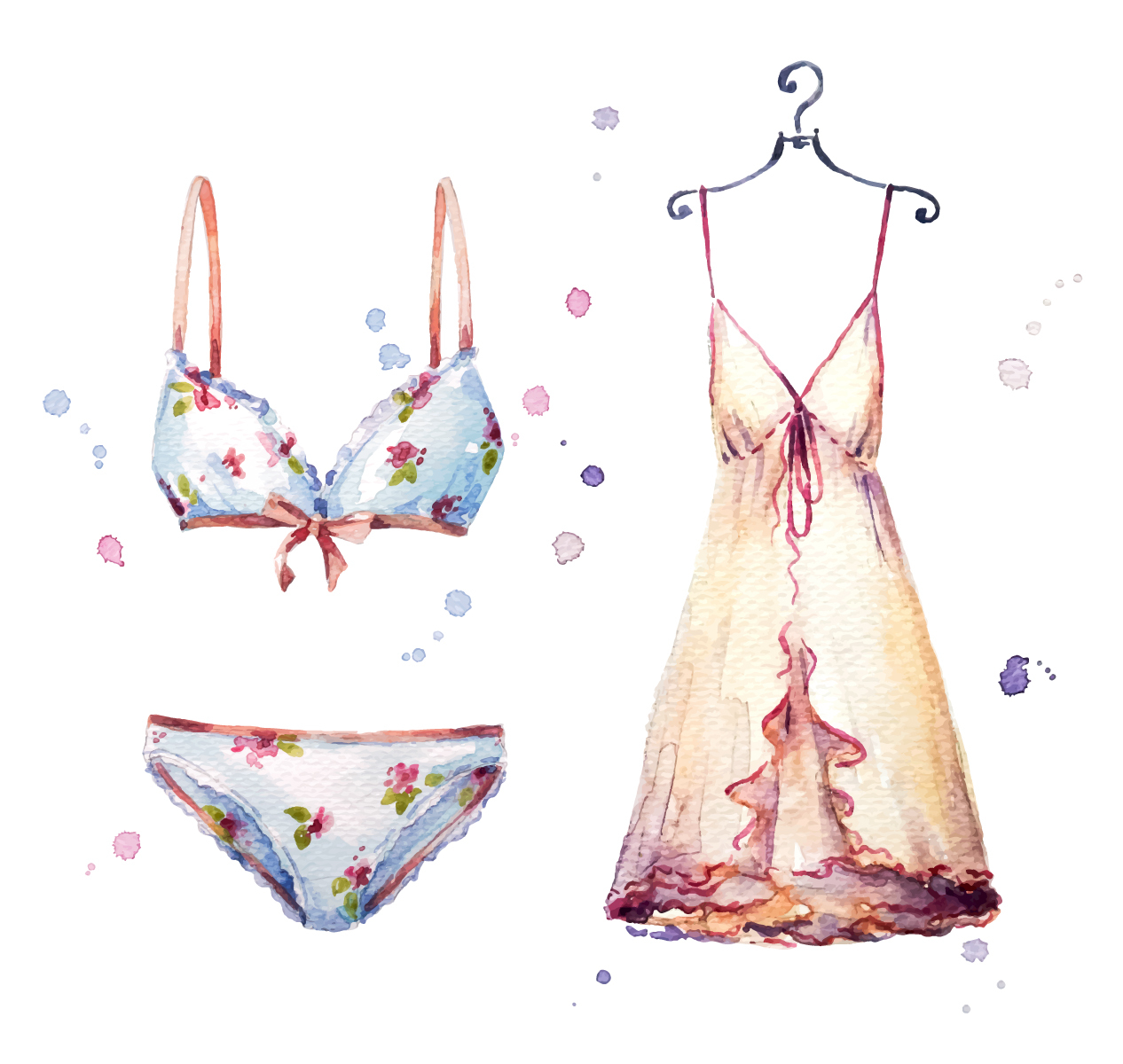String Bikini Fabrics: Trends 2025
In 2025, string bikini fabrics are taking center stage in lingerie and swimwear trends. Designers are experimenting with silk blends, eco-friendly fibers, and innovative synthetics to create pieces that feel luxurious while staying practical. Bold prints, sheer details, and sustainable production methods are shaping a new era where fabrics are not only about looks but also about confidence, comfort, and responsibility.

How Have Fabrics Evolved in String Bikini Lingerie?
The evolution of fabrics shaping string bikini lingerie has accelerated dramatically over the past decade. Traditional materials like cotton and basic polyester have given way to sophisticated fiber blends that incorporate moisture-wicking properties, antimicrobial treatments, and seamless construction techniques. Modern manufacturers now utilize advanced knitting technologies to create fabrics with four-way stretch capabilities, allowing for superior fit and movement flexibility.
Microfiber compositions have become increasingly popular, offering ultra-soft textures that feel virtually weightless against the skin. These fabrics typically combine nylon and elastane in precise ratios to achieve optimal stretch recovery and durability. Additionally, manufacturers have introduced bamboo fiber blends that provide natural breathability and temperature regulation, making them ideal for everyday wear and active lifestyles.
Why Do Fabric Innovations Drive Comfort and Confidence?
Why fabric innovations drive comfort and confidence becomes evident when examining the physiological and psychological benefits of advanced materials. Modern string bikini fabrics incorporate moisture management systems that wick perspiration away from the body, preventing bacterial growth and maintaining freshness throughout the day. This technical advancement directly impacts wearer confidence by eliminating common discomfort issues.
Temperature-regulating fabrics utilize phase-change materials or specialized fiber structures that adapt to body heat, providing cooling effects during warm conditions and insulation when needed. These innovations address one of the primary comfort concerns in intimate apparel, ensuring consistent comfort across varying environmental conditions and activity levels.
What Textures and Prints Are Redefining String Bikini Design?
Key textures and prints redefining string bikini design showcase remarkable creativity and technical sophistication. Laser-cut edges have replaced traditional seaming in many premium collections, creating smooth, invisible lines under clothing while maintaining structural integrity. Three-dimensional textures achieved through specialized knitting techniques add visual interest without compromising comfort or fit.
Digital printing technologies enable intricate patterns and gradients that were previously impossible to achieve in intimate apparel. Geometric designs, botanical motifs, and abstract patterns can now be applied with remarkable precision and color retention. Textural innovations include honeycomb mesh panels for enhanced breathability, ribbed surfaces for subtle visual appeal, and smooth microfiber surfaces that eliminate friction and irritation.
How Are Sustainable Materials Changing Bikini Production?
How sustainable materials are changing bikini production represents one of the most significant industry shifts in recent years. Recycled polyester made from plastic bottles and textile waste now comprises substantial portions of many string bikini collections. These materials maintain performance characteristics while reducing environmental impact through circular economy principles.
Organic cotton cultivation has expanded significantly, with manufacturers sourcing from certified organic farms that eliminate pesticide use and promote soil health. Tencel and modal fibers derived from sustainably managed forests offer silk-like softness with biodegradable properties. Some innovative brands have introduced materials made from algae, orange peels, and other agricultural waste products, demonstrating the remarkable potential for creative sustainability solutions.
What Cultural Influences Shape String Bikini Fabric Choices?
The influence of fashion culture on string bikini fabric choices reflects broader societal trends toward wellness, sustainability, and individual expression. Social media platforms have accelerated trend cycles, driving demand for fabrics that photograph well and maintain their appearance through multiple washes. Athletic wear influence has introduced performance fabrics traditionally associated with sportswear into everyday intimate apparel.
Cultural emphasis on body positivity has encouraged manufacturers to develop fabrics that enhance natural body shapes without creating artificial silhouettes. This trend has led to increased popularity of soft, unstructured fabrics that move naturally with the body. Additionally, growing awareness of skin sensitivities has promoted hypoallergenic fabric treatments and natural fiber alternatives.
| Fabric Type | Key Features | Price Range | Best For |
|---|---|---|---|
| Microfiber Blend | Moisture-wicking, seamless | $15-35 per piece | Daily wear, sensitive skin |
| Organic Cotton | Breathable, hypoallergenic | $20-40 per piece | Natural fiber preference |
| Recycled Polyester | Sustainable, durable | $18-38 per piece | Eco-conscious consumers |
| Bamboo Blend | Temperature regulating, antimicrobial | $25-45 per piece | Active lifestyles |
| Modal/Tencel | Silk-like texture, biodegradable | $22-42 per piece | Luxury comfort |
Prices, rates, or cost estimates mentioned in this article are based on the latest available information but may change over time. Independent research is advised before making financial decisions.
Conclusion
The string bikini fabric landscape in 2025 demonstrates remarkable innovation across sustainability, comfort, and aesthetic dimensions. Advanced manufacturing techniques continue to push boundaries in texture creation, while environmental consciousness drives adoption of recycled and renewable materials. These developments collectively enhance both the functional performance and visual appeal of intimate apparel, meeting diverse consumer preferences while addressing practical comfort requirements. As technology continues advancing, we can expect even more sophisticated fabric solutions that seamlessly blend performance, sustainability, and style in the intimate apparel market.




